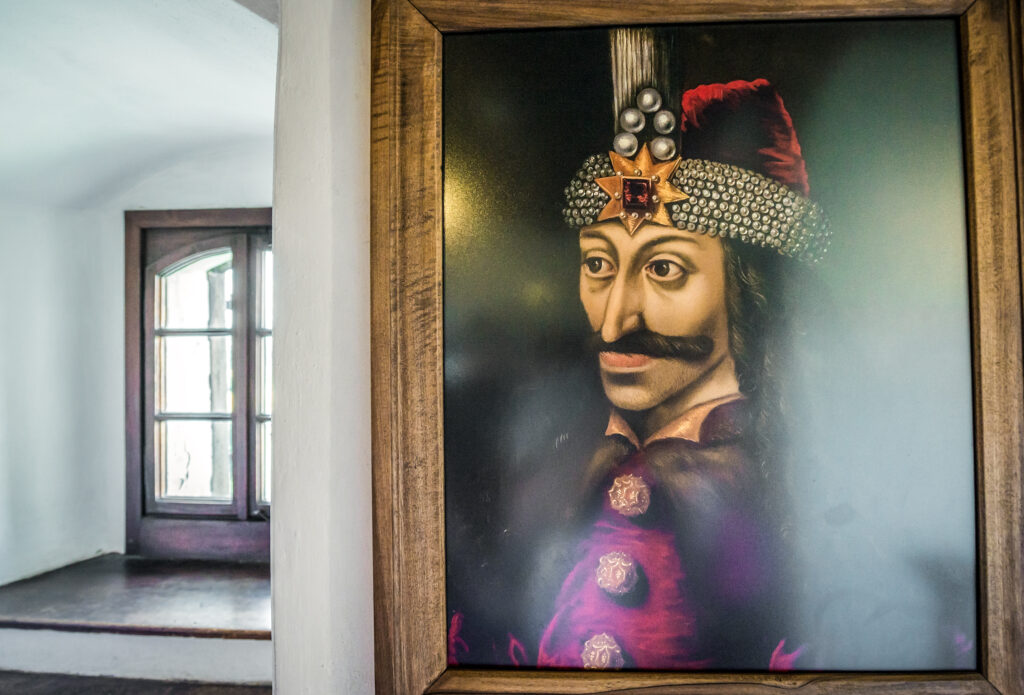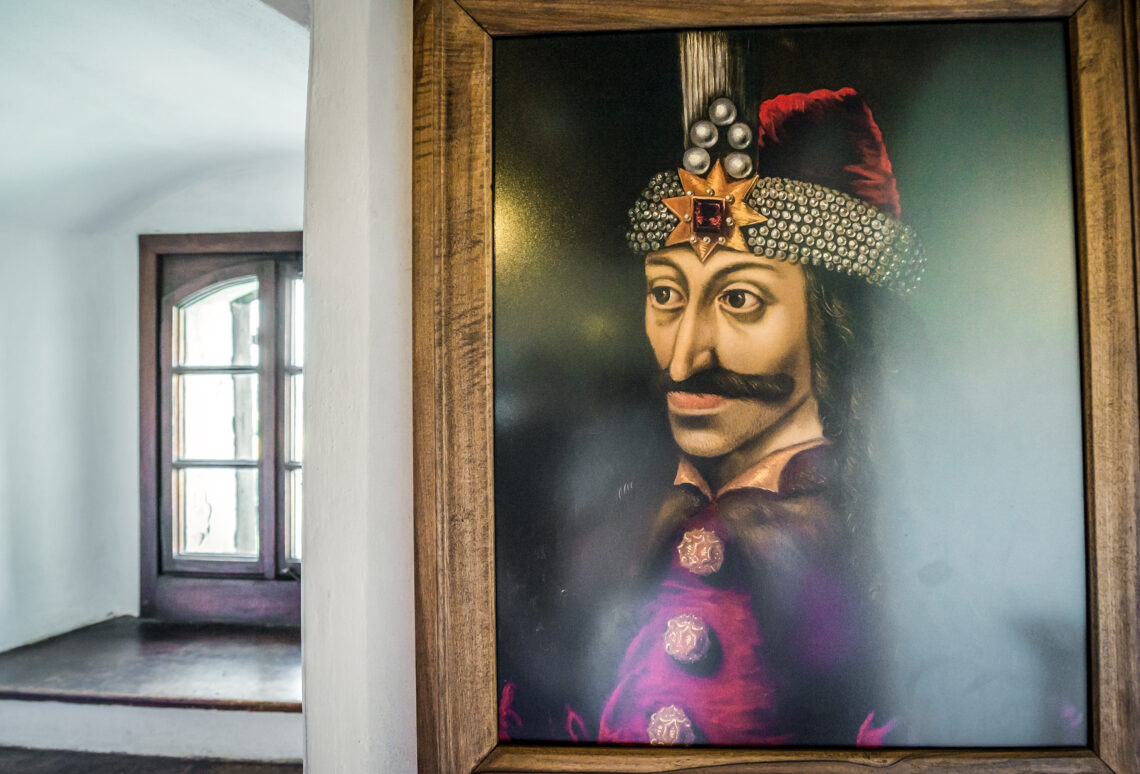Ever since Bram Stoker penned his novel Dracula in 1897, tales of the supernatural blood-sucking vampire have continued to fascinate the public for centuries.
The classic horror character has also given way to countless comics, books, television series, movies, and even consumer products that keep the spine-tingling tale alive.
But, Stoker’s true inspiration for Dracula is perhaps even more unsettling than the character themself. It was a man named Vlad III, who was the Prince of Wallachia, better known as “Vlad the Impaler.”
Vlad The Impaler
Vlad III was born in Transylvania in 1431– a region that is now modern-day Romania. And interestingly, his father and ruler of Wallachia, Vlad II, had the surname “Dracul.”
This last name, which meant “dragon,” was given to Vlad II after he was inducted into a Christian military order known as the Order of the Dragon.
But, Stoker did not just get some name inspiration from Vlad III’s father. Instead, the author dove deep into Vlad III’s treacherous past– which really began around the age of ten.
In 1442, Transylvania and Wallachia were no strangers to bloody battles since they were located between Christian Europe and the Ottoman Empire. In turn, as Ottoman forces tried to move west into Europe, Vlad III’s homeland was often caught in the middle.

Still, Vlad III’s exposure to the cruel truths of war multiplied that year when his father was summoned to a diplomatic meeting by Sultan Murad II. Vlad II opted to bring his sons, Vlad III and Radu, with him– which ended up being a terrible mistake.
The supposed “diplomatic meeting” was really a trap that ended in Vlad II, Vlad III, and Radu being arrested and held hostage. Then, Vlad II was only released if he agreed to leave his sons behind– which sealed Vlad II’s fate.
There, he and his younger brother were reportedly imprisoned and tortured for some time– where Vlad II also saw enemies of the Ottoman Empire get impaled.
However, Vlad II was not just sequestered in captivity. He also got tutored in philosophy, sciences, and the arts and became a skilled warrior.
And shockingly, the rest of Vlad II’s family succumbed to much worse fates than the one imposed on Vlad II by the Ottomans.
His father actually ended up being ousted as Wallachia’s ruler by some local warlords before being killed in 1447. Additionally, his older brother, Mircea, was also blinded, tortured, and buried alive.
Whether or not these cruel losses ultimately pushed Vlad III to become a sinister murderer cannot be confirmed.
The only thing historians are sure of, though, is that as soon as Vlad III was released by the Ottomans, he began his vicious reign.
Vlad III Becomes Ruler
In 1453, the Ottomans had overtaken Constantinople– a feat that seriously threatened all of Europe. So, Vlad III was tasked with overseeing a defensive force to prevent Wallachia from being invaded.
And by 1456, he was victorious. That year, he allegedly battled one-on-one against Vladislav II and beheaded his opponent.
Still, even though this success made him ruler of Wallachia. Vlad III still had a lot of work to do. His principality was struggling greatly due to years of constant warfare and internal conflict between warlords.
So, Vlad III concocted a plan to assert his dominance over the people of Wallachia. First, he planned a banquet and invited hundreds of warlords to attend.
Then, while Vlad III had his unsuspecting guests in the palm of his hand, he stabbed and impaled them.
Impaling is a horrific form of torture and murder. Often, a metal or wood pole is inserted vertically through the middle of the body– with the pole exiting near the victim’s shoulders, neck, or mouth.
And gruesomely, the poles were specifically rounded instead of sharp. This ensured that no internal organs were damaged– thus prolonging the suffering and dying process.
In fact, victims of impalement would take anywhere from hours to days to die; meanwhile, the pole was raised upright to display the torture.
Vlad III’s Legacy
Vlad III’s rule was ultimately revered as a success since he was able to bring stability and order to Wallachia. Moreover, his victories were celebrated throughout Transylvania, Wallachia, and the greater European continent.
Still, Vlad III’s vicious rule did not go forgotten. By the end of his reign, he had killed an estimated eighty thousand people in countless different ways. And twenty thousand of those deaths included victims who had been impaled and placed on display.
It is even said that while Ottoman Sultan Mehmed II planned for invasion, he saw thousands of rotting bodies being feasted on by crows and immediately retreated back to Constantinople.
Nonetheless, Vlad III did eventually meet his own gruesome fate when, in 1476, he and a small group of soldiers were ambushed.
The soldiers ultimately killed and beheaded Vlad III, then delivered his head to Constantinople, where it was displayed.
And even though the Middle Ages have become known for brutal acts of violence, the story of Vlad III may have only been a blip in the historical timeline if it were not for Wiliam Wilkinson.
William Wilkinson was a British consul who penned a book in 1820 entitled “An Account of the Principalities of Wallachia and Moldavia: With Various Political Observations Relating To Them.”
Bram Stoker went on to read that book, in which Wilkinson delved deep into the region’s bloody history. So, Dracula was born, and the infamous fictional character lived on as a monstrous and merciless villain.






